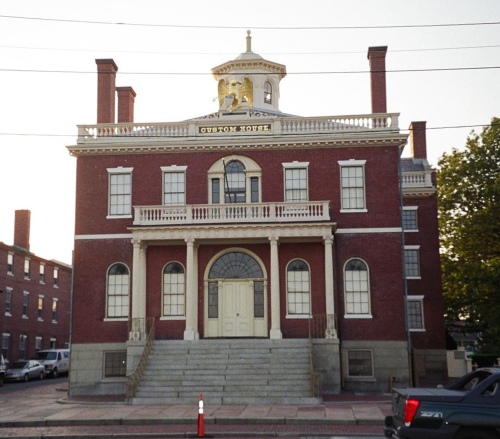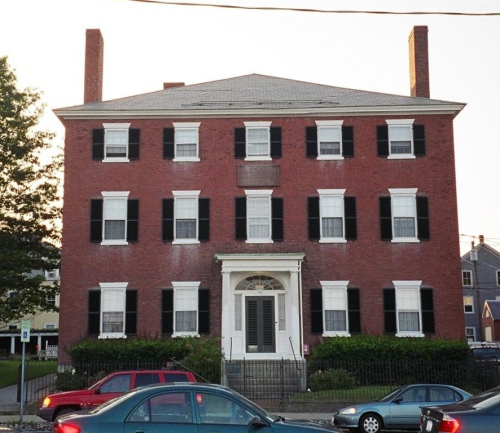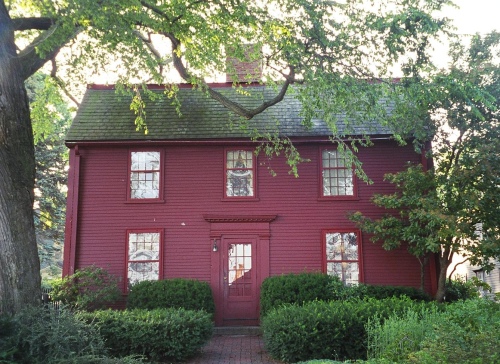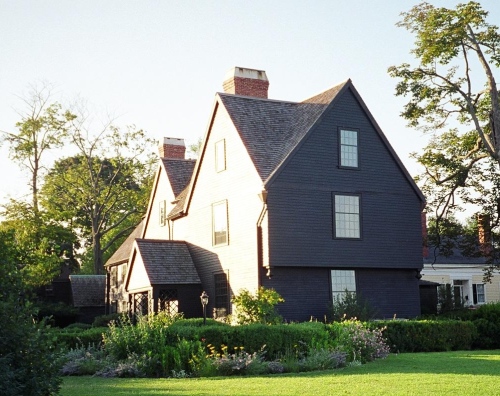Hawthorne Hotel (1925)
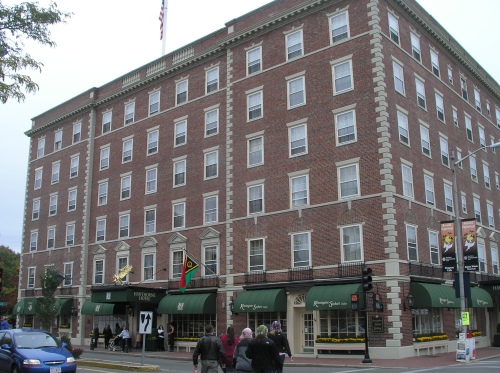
In 1809, the corner of Washington Square and Essex Street, off Salem Common in Salem, became the site of the Archer Block. Later called the Franklin Building, it was a commercial and residential building constructed under the direction of Samuel McIntire. Destroyed by fire in 1860, it was replaced with an Italianate-style successor. From 1833, the property was owned by the Salem Marine Society, which later agreed to raze the building and sell the land for construction of a new hotel. In return, the hotel built a room for the society’s use on the top floor. The hotel, built in 1924-1925, was named the Hawthorne Hotel, in honor of the famous Salem author. It was designed by architect Philip Horton Smith of the firm of Smith & Walker.
